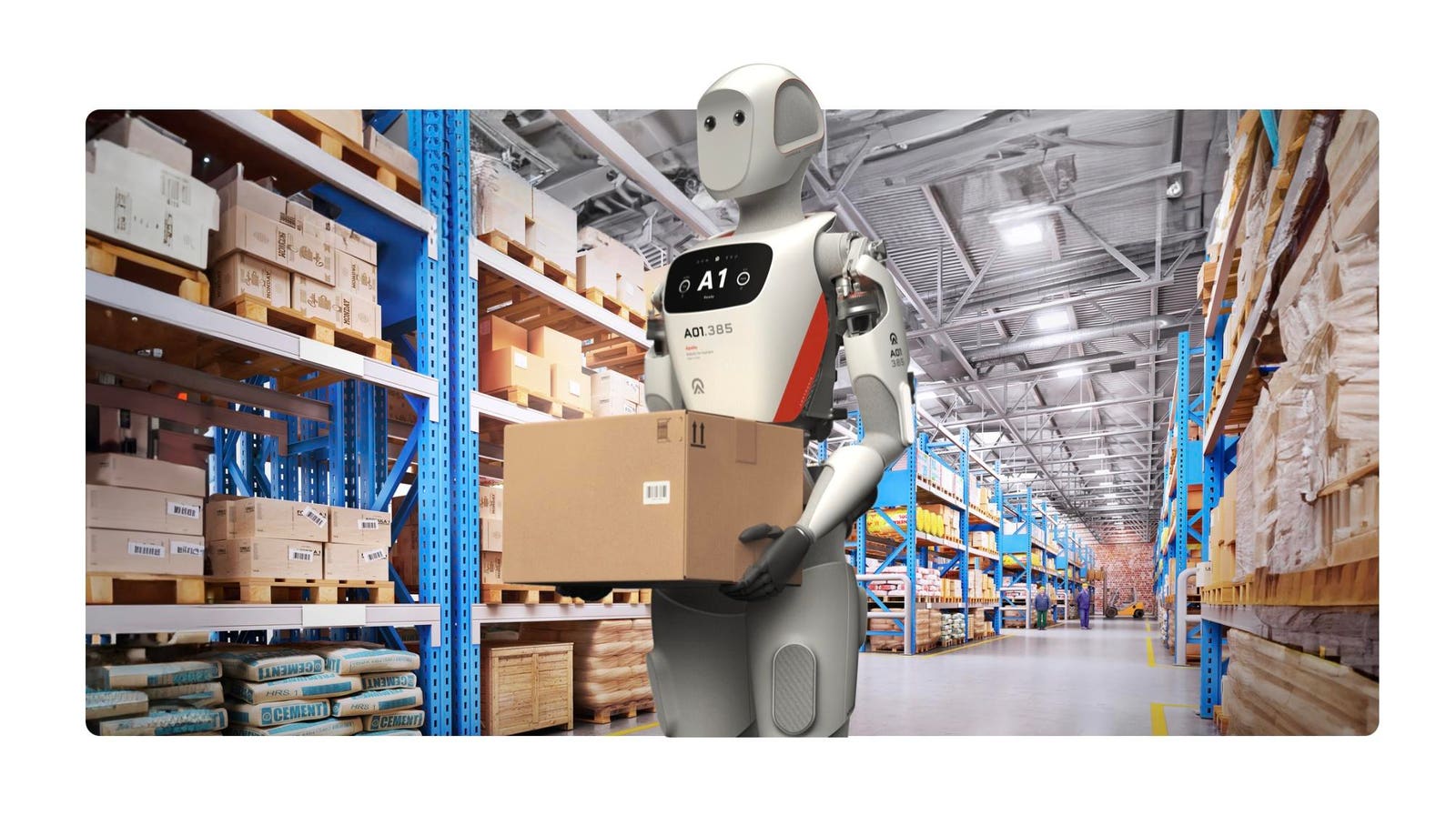All AI May Be Created Equal, But Its Uses Are Not: From AI Enhancements to Systems of Execution
Artificial intelligence is not one thing. That simple observation, too often overlooked, is at the heart of why so many companies struggle to gain consistent value from their AI investments.
As I talk with leaders across large enterprises, I find a persistent source of frustration: the tendency to lump all AI into a single category. This conflation muddles expectations, clouds strategies, and ultimately slows meaningful adoption. To make real progress, we must begin by segmenting AI not by its type but by how it is used.
Let me propose a framework with three distinct categories of AI use:
- AI as a feature enhancement to existing systems
- AI as a toolset to empower employees
- AI as a system of Execution that replaces human labor
AI as a Feature Enhancement to the Existing Tech Stack
This is the most incremental and least disruptive of the three AI use cases. In this model, AI is embedded into existing platforms as an added feature or module. Nearly every software company is enhancing its offerings with AI, either by integrating new capabilities directly into core products or by offering complementary add-ons. In some cases, enterprises are also building their own AI solutions to strengthen their tech stacks, fill functional gaps, or improve the overall customer and user experience.
In these cases, the adoption barrier is relatively low. These tools typically come from trusted providers, are supported with standard implementation processes, and pose manageable risks. The enhancements can be viewed in terms of their cost-benefit analysis. For example, do they give sufficient value for their implementation and the additional cost to either develop them or purchase them?
Early versions of this approach have been useful in helping companies set expectations and identify what needs to be tested. These enhancements often carry hidden technical debt, such as the need for data reformatting, system integrations, or retiring legacy modules. And while they can deliver real value, the returns are typically incremental, not transformative.
AI as a Toolset for the Workforce
Perhaps the best illustration of AI as a toolset is ChatGPT or any of the easily accessible LLM models that employees adopt to boost their productivity. The market is replete with new tools coming out, tools to help your existing employees do things better. These are tools with horizontal utility – used across functions and teams, often with little or no official sanction.
If this feels familiar, it should. It echoes the arrival of PCs and cell phones in the enterprise. Yes, they presented security problems, yes, they presented training problems, but both were unstoppable in that they were so useful and offered advanced capabilities that enterprises quickly figured out that they needed to shape the problem. They moved to purchase PCs for their employees and standardized the software. They allowed employees to use their cell phones for work and pushed employees out from behind the desk. They provided trainings, and yes, the attack surface for security and other issues was greatly expanded, but over time, they purchased and developed cybersecurity and other vehicles to control the attack vector that had been opened up. Likewise, with AI toolsets, we’re going to have to take the same approach.
You cannot prevent employees from using generative AI. But you can shape how it’s used. Provide them with enterprise-grade, secure alternatives. Invest in training. Create communities of practice. Offer recognition for innovation. In other words, get behind it and push because trying to stand in front and stop it is a losing game.
The challenge here is governance – not just of data security but of use cases, knowledge-sharing, and effectiveness. Organizations that lean into structured enablement will find themselves moving faster and more securely than those that try to hold the tide.
AI as Systems of Execution
This is the most complex, most disruptive, and most potentially rewarding category of AI use.
Enterprises have traditionally built Systems of Record, such as ERPs, alongside Systems of Engagement, which leverage internet technologies to interact with customers and employees through digital channels. Now, we are entering a new phase: Systems of Execution.
Systems of Execution are AI-based architectures that execute decisions without human intervention. They require reimagining processes, not just automating steps. You don’t get there by layering AI on top of what exists. You build them together with your current systems, just as you did when engagement systems were introduced alongside record systems.
Organizations have increasingly adopted end-to-end processes, for example, in areas like accounting, cash management, and procurement. These processes rely on Systems of Record and Systems of Engagement to deliver the insights and data that employees use to make decisions and take action. Systems of Execiion are now stepping in to assume those roles, effectively replacing the human actors in these workflows.
The impact? In areas where we’ve seen Systems of Execution deployed, labor requirements have dropped by 60–80%. That’s not a small change; it’s a fundamental operational pivot. However, we find that you uncover benefits in terms of quality, impact, customer experience, and more.
You have to reimagine how you’re going to operate your processes and, hence, your company. There is a mindset change. These initiatives require executive sponsorship, cross-functional collaboration, and a rethinking of how value is created and delivered. The willingness and ability of senior leaders to champion this change is the essential starting point for building a System of Execution. Without that leadership, progress is likely to be limited, given the scale of disruption involved and the level of vision and support required to successfully reimagine core business processes.
Often in our conversations and in our research, we get asked questions like, which are the best processes to start, and are there better processes than others? You just start the journey of putting agents in place. Define the AI agent and then do the data work that enables it. That’s how you avoid overinvesting in data projects with no line of sight to ROI.
Also, accuracy concerns, like with generative AI, can be managed just like you manage human error: through supervision, oversight, and layers of review. So, in the same way, we have agents supervising agents, and we may also have people directing agents. This journey or layered approach allows us to be thoughtful about where to introduce AI agents and where not to.
Too often, discussions about AI focus on the technology itself. But as leaders, we must shift our focus to use. Not all AI is equal in how it’s deployed, the impact it delivers, or the change it demands.
Segmenting your AI journey based on use not only clarifies priorities but enables more effective communication across your leadership team.









